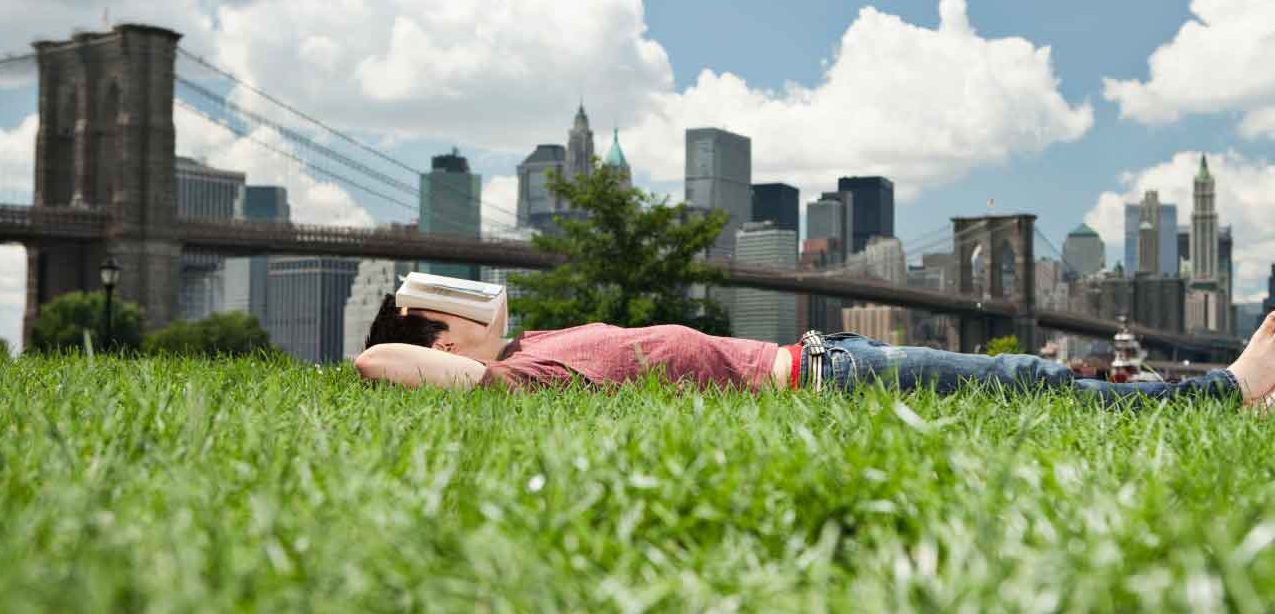Spring Allergy Capitals

See if your city made the sneeze list this year.
Residents of Jackson, Miss., arm your medicine chests and stockpile your tissues. A pollen invasion is on the way. For the second year in a row, your city has the dubious distinction of topping the Asthma and Allergy Foundation of America’s Spring Allergy Capitals list — a ranking of the nation’s 100 most achoo-inducing metropolises.
“AAFA’s annual Spring Allergy Capitals report provides important insights into cities where people are most affected by seasonal symptoms due to environmental factors such as pollen, behaviors such as allergy medication usage, and the availability of board-certified clinicians,” said Cary Sennett, MD, PhD, FACP AAFA’s President and CEO.
Rounding out the top five allergy capitals for 2016 are Memphis, Tenn; Syracuse, N.Y.; Louisville, Ky (which was number two last year); and McAllen, Texas. Other cities that can expect high pollen counts this spring include Oklahoma City, Okla.; Knoxville, Tenn.; Tucson, Ariz.; and Dayton, Ohio.
“Whether you live in one of these allergy capitals or anywhere else, it’s important to work with your healthcare providers to recognize the elements that trigger your allergies and determine the best treatments to enjoy your life unencumbered by seasonal nasal allergies,” Sennett added.
Arm yourself against allergens
More than 50 million Americans suffer from seasonal nasal allergies, which at this time of year are usually triggered by tree pollen. If you’re among them, don’t wait for symptoms like a runny nose, itchy eyes, and sneezing to drive you into the allergist’s office.
“Because spring is the time when most people with allergies experience their worst seasonal allergy symptoms, it's important that allergy sufferers seek advice from a healthcare professional before the season hits full force,” explained Purvi Parikh, MD, a board-certified adult and pediatric allergist and immunologist and clinical instructor of medicine and pediatrics at New York University School of Medicine.
The doctor will start by giving you tests to pinpoint your allergy triggers. Most likely those tests will involve scratching or injecting a little bit of the allergen onto the skin of your arm or back. If you’re allergic, your skin will turn red and swell up within about 20 minutes. A blood test is another option, although results can take a few days.
Once you’ve identified your triggers, try to avoid them. When avoidance isn’t possible, medicines can help control your symptoms. “Many different types of seasonal nasal allergy treatments are available, including prescription medications and new combination therapies, mono-therapies, short- and long-term treatments that may help relieve symptoms,” said Parikh.
Antihistamine pills, nasal sprays, and eye drops target allergy symptoms by counteracting the chemical reaction that produces allergy symptoms. Decongestants shrink swollen blood vessels in the nose to relieve congestion and sinus pressure. Steroid nasal sprays ease symptoms like a stuffed and runny nose. For longer-term relief, ask your allergist about immunotherapy, a preventive method in which you’re gradually exposed to increasing amounts of your trigger to increase your tolerance to it.
Surviving the season
If you do live in one of this year’s spring allergy capitals, moving isn’t the only way to find relief. Even in cities that made the top of the list, it’s possible to avoid the worst allergy symptoms by taking your allergy medicine, and practicing avoidance tactics whenever possible.
To start, check the daily pollen counts in your area. Look not just at the total number, but also at the specific count for the type of pollen that sets off your symptoms (trees, grass, or weeds).
When the numbers are high, shut your windows and turn on your air conditioner to keep pollen outside. Consider installing a high-efficiency particulate air (HEPA) filter in your home to prevent these tiny particles from entering. Try to limit your time outdoors, especially early in the day, when pollen counts are highest. If you have to mow the lawn or do other outdoor work, wear a NIOSH-rated 95 filter mask to stop pollen from getting into your nose and mouth.
Updated:
March 30, 2020
Reviewed By:
Janet O’Dell, RN